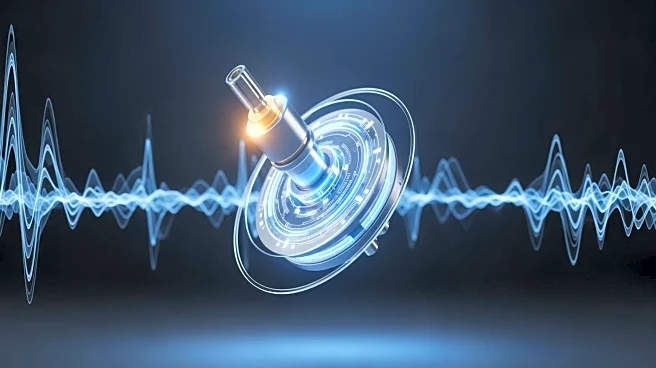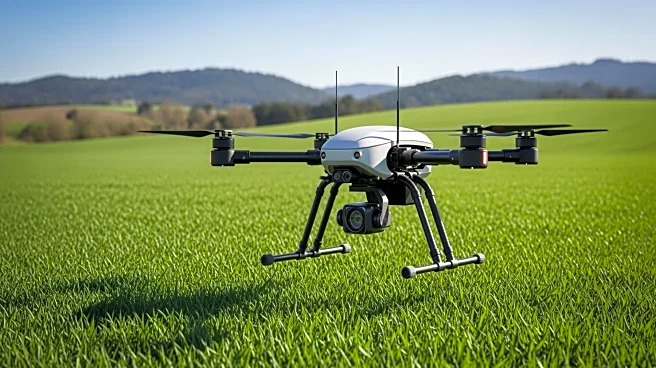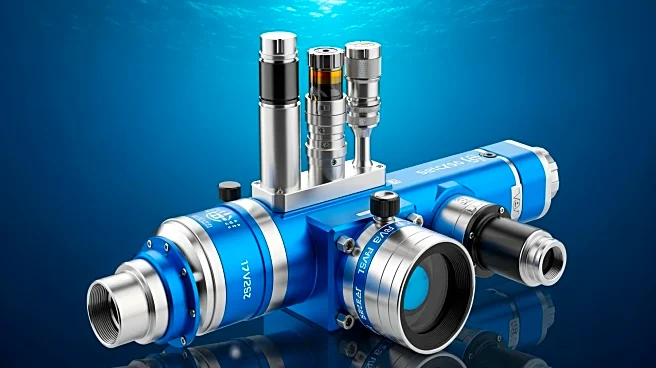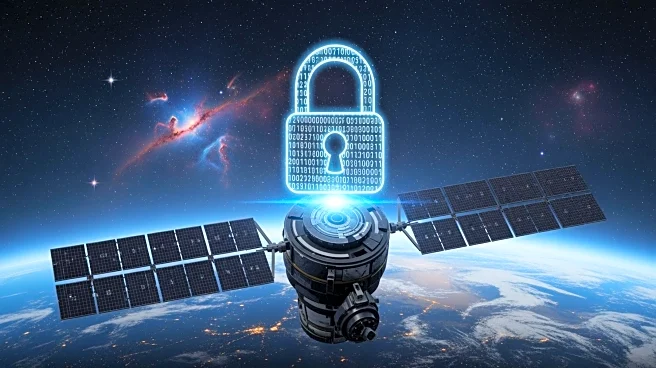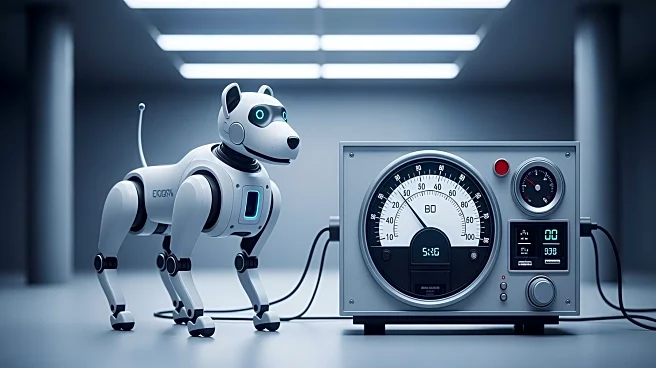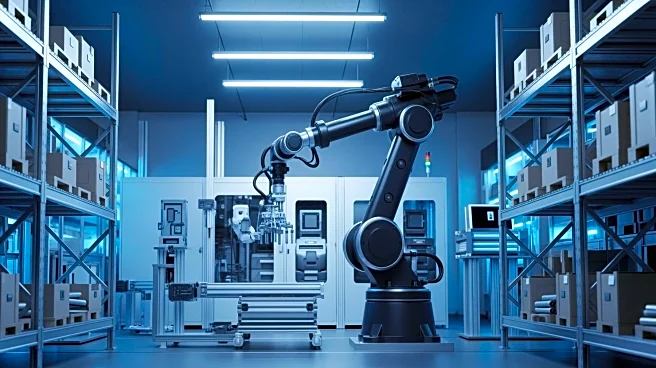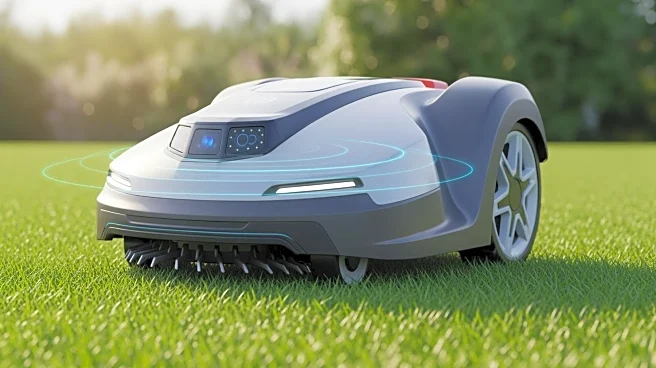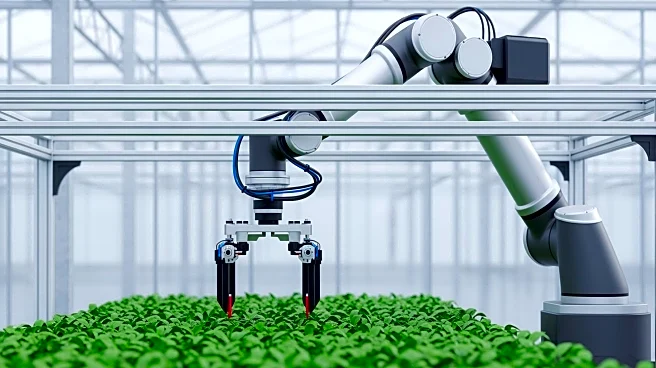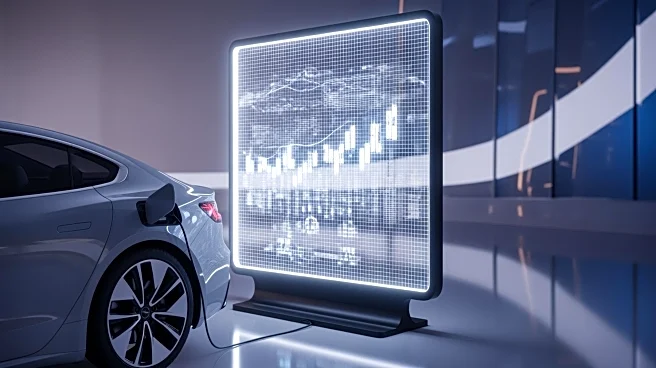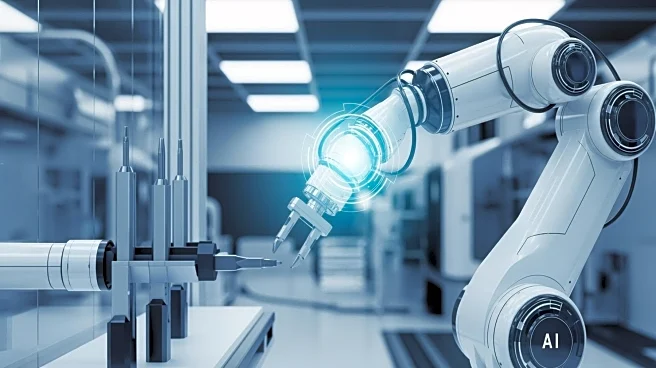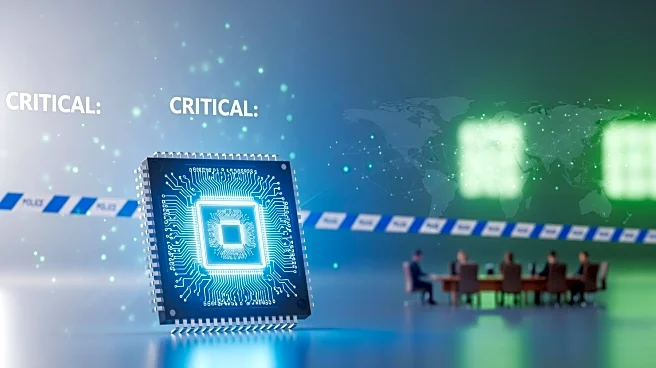What's Happening?
Recent advancements in MEMS resonant accelerometers have led to the development of a dual-mode operating method that effectively suppresses temperature drift and eliminates measurement dead zones. The differential MEMS resonant accelerometers (DMRA) utilize
dual-mode operation to maintain stability and accuracy in varying environmental conditions. By operating in different modes, the accelerometers can prevent resonant frequency interference, which previously caused instability and measurement errors. The technology has been tested under various conditions, including temperature cycling and constant acceleration input, demonstrating significant improvements in measurement accuracy and noise reduction.
Why It's Important?
The enhancement of MEMS resonant accelerometers is crucial for applications requiring precise motion detection and measurement, such as in aerospace, automotive, and industrial sectors. By addressing temperature drift and measurement dead zones, these accelerometers offer improved reliability and performance, which can lead to better system integration and operational efficiency. The ability to maintain accuracy in challenging environments expands the potential use cases for MEMS technology, supporting advancements in automation and sensor technology.
What's Next?
Further research and development are expected to continue improving MEMS resonant accelerometer technology, potentially leading to new applications and industry standards. As the technology matures, it may be integrated into more complex systems, enhancing capabilities in areas such as robotics, navigation, and environmental monitoring. Collaboration with industry partners could accelerate the adoption of these advanced accelerometers, driving innovation in sensor technology.
Beyond the Headlines
The advancements in MEMS technology highlight the ongoing evolution of sensor systems and their impact on various industries. Ethical considerations may arise regarding the use of highly sensitive sensors in surveillance and data collection. Additionally, the development of more accurate and reliable sensors could lead to new regulatory standards and practices, influencing the future of sensor technology.
